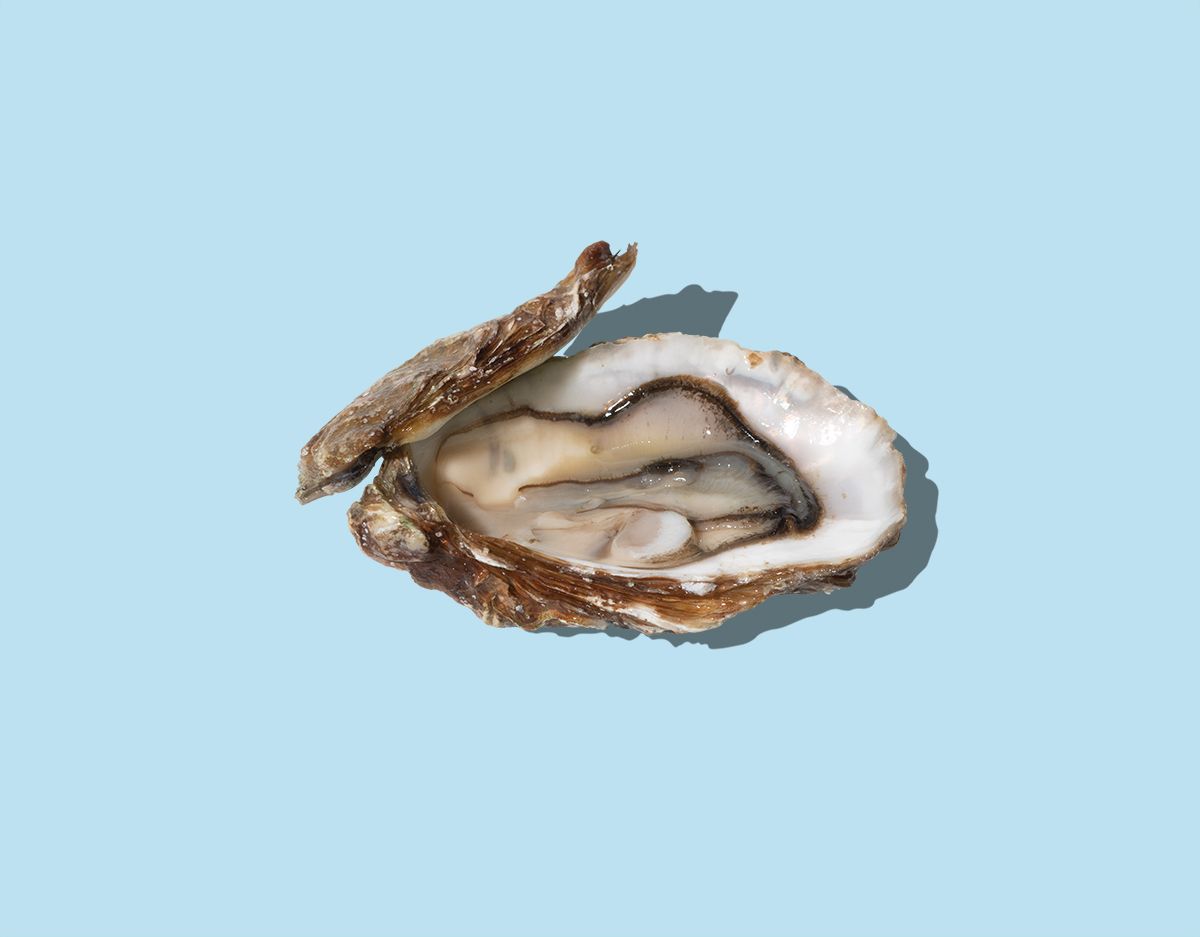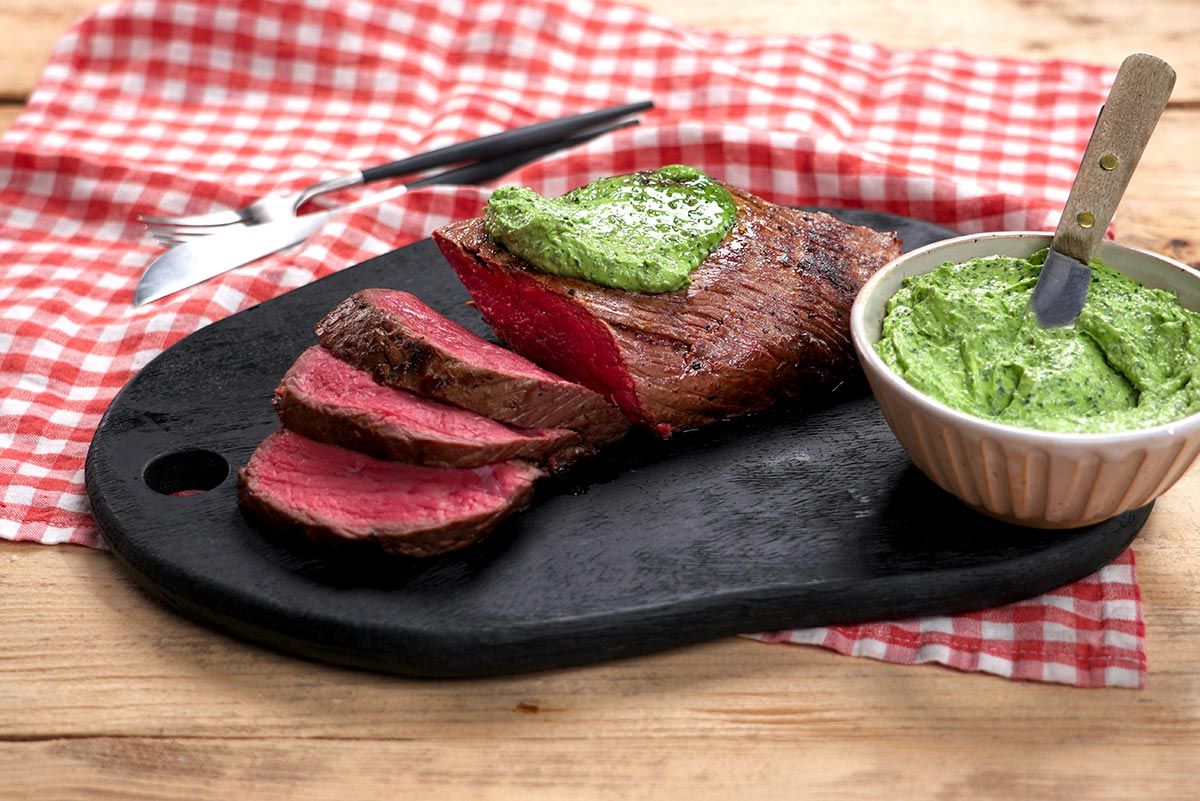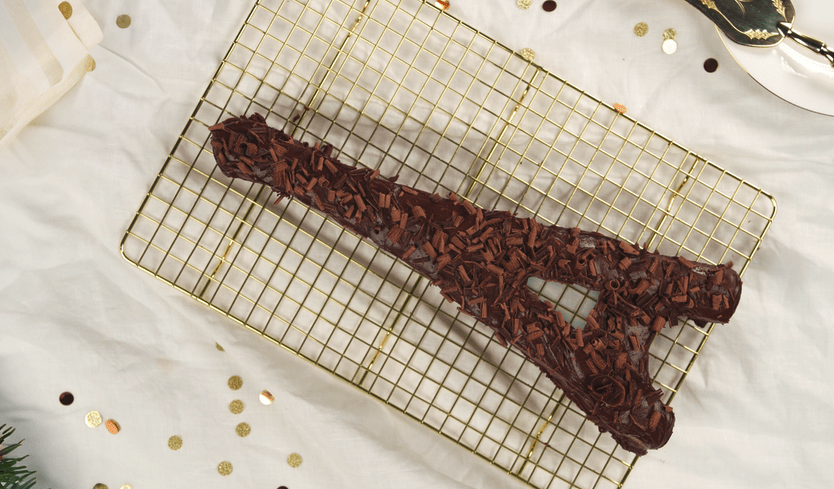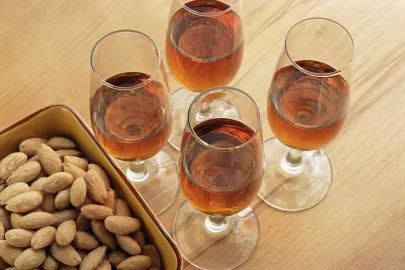Hosting a holiday party is always a good idea, though when a touch of French flair is brought to the table, even better—after all, no one does a party quite like the French, especially when it comes to meticulously executing all things food and wine. This holiday season, we enlisted the help of three French food and wine professionals to snag their top French-inspired hosting tips to ensure the most fabulous and festive fêtes yet. Hint, get your Champagne flutes ready… it’s about to get bubbly!

Go-To Moves for Holiday Hosting
Across the board, bubbly is key. Antonin Bonnet, co-founder of Pierre & Antonin Wines, shares that in his home base of the south of France, he generally starts holiday gatherings with a bottle of sparkling wine. “[I reach for] a Crémant de Limoux made of crisp Mauzac Brut Nature or a locally made pét-nat—as long as the minerality and acidity are there—with oysters,” he says.
Julie Renault, marketing communication manager at Champagne Lanson, shares that she always has a few bottles of Champagne on hand to get the party started. Anna Viducic, founder of Aroma Wine Co, states that hosting a holiday-themed apéro is a great way to entertain around the holidays. “Keep it simple,” she suggests. “And have plenty of Champagne in the fridge!”
Adding a French Touch
Renault finds that the holidays offer the perfect time to illustrate the French art de vivre, specifically through a gastronomic and convivial lens. “When we receive guests at home for the Holidays, we carefully decorate our home with pretty garlands and ornaments, [as well as] meticulously set the table and carefully choose the food and wine pairings,” she says, highlighting that the French art de vivre is above all the art of hospitality and eating well. Viducic’s advice is festive and simple. “Always dress up!” she exclaims.
French Products to Seek Out
During the holiday season, Bonnet reaches for oysters from the Atlantic oceanside, specifically Oleron. “They’re leaner and fresher than Mediterranean oysters,” he explains, equally calling out chestnuts, chanterelle mushrooms from Cévennes, and Tomme du Larzac / Saint-Nectaire cheeses as his must-haves. To celebrate the holidays, Viducic shares that she purchases as much foie gras and caviar as possible.
“For me, Champagne is the must-have French product for the holiday season,” says Renault, describing it as her go-to wine for celebrations and moments of joy. “It is the wine that unites and brings people together, and moreover, it can be enjoyed as an aperitif or to accompany a good meal,” she says. Renault equally states that traditional Christmas dishes tend to be on the heavier side, thus adding a touch of freshness with Champagne will promise to elevate guests’ experience.
Go-To Recipes to Prepare
With regards to classic French recipes, Viducic reveals that escargots prepared with fresh herbs and butter (lots of it!) is a classic appetizer, followed by turkey stuffed with chestnuts (dinde de Noel) served with sautéed potatoes or gratin dauphinois. Bonnet expands on this, suggesting that making a chestnut and mushroom stuffing is a go-to move, and that reaching for a smaller bird, such as a capon, can be a great replacement for turkey, as it tends to offer more moisture and is easier to cook. “If you are cooking prawns or shrimp, add garlic and make them flambé using an orange-based liqueur (Cointreau or Suze)—this will make them more crunchy,” he reveals, describing the above as the “most French dish I can think of.”
Bonnet highlights that it’s important to begin cooking early in the morning, especially as a family. “The prep and cooking is almost as important as the dinner, and making everyone participate is rewarding,” he says. “Also, go down to the wine cellar the night before and debate the wine pairing for hours—very French,” he laughs.
Dessert & The Day After
Viducic states that for dessert, she tends to serve a cheese platter and green salad (“for digestion,” she confirms) followed by a traditional French bûche de Noël for dessert. “I prefer the ice cream version over the cake yule log,” she says. Bonnet also puts together a French-inspired cheese plate prior to something sweet, though suggests placing an hour between the two so as to have time to open presents.
Similar to Viducic, Renault’s go-to dessert move is also a bûche de Noël, specifically a frozen vanilla praline one, which she pairs with Lanson’s Le Black Création cuvée. Post-Christmas, Bonnet suggests preparing a porc au caramel paired with Alsatian Riesling for something easy and comfy, then sticking to a healthy, veggie-packed ratatouille for the week that follows.
Come New Year’s Eve, Renault hosts a pot-luck style party where each guest brings a dish and wine of their choice to share. “I will certainly bring a plate of French cheeses accompanied by a fruity and mineral Champagne, such as Lanson Le Green Bio-Organic,” she says reaffirming that Champagne is “very versatile, and when in doubt, [a go-to] for wine pairings for the holidays.”
From our Taste France Magazine family to yours, we wish you a happy, healthy, and gastronomic holiday season ahead!
Contributor

Editor

























